You should never train with a set routine, especially with a small muscle group like the shoulder, which is notoriously adaptable! Train your shoulders by combining strength compound movements with isolation movements during frequent bench press training. At the same time, strengthening the posterior deltoid bundle helps to keep the entire shoulder in healthy condition. Here, get reacquainted with the shoulder by introducing the benefits of strength training for the shoulder, shoulder training tips and shoulder exercises that need to be performed.
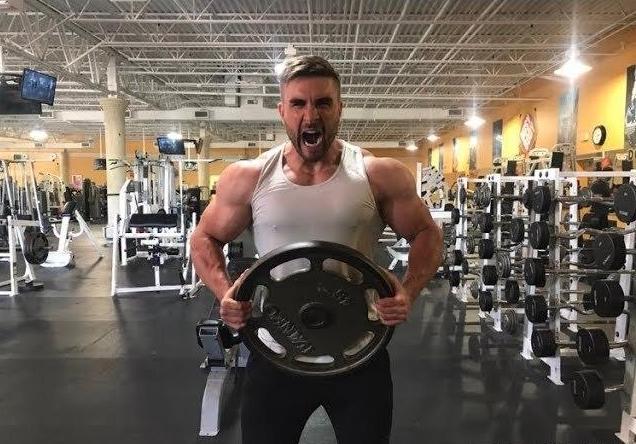
Why some of you won't prioritise training your shoulders
Some of our fitness friends fall into the trap of thinking that the pectorals, back and quads are the most important. These fitness friends spend 90% of their time training these muscles, resulting in minimal change and very little arm and shoulder training. There are 2 reasons, and valid ones, for not prioritising shoulder training and other assistance workouts, but they cannot overshadow the benefits of training the shoulders well.
Reason 1: The principle of economy of training
The economy of training principle: if time in the gym is limited, then this is how you need to plan your training. For example, if you only have 4 hours of training time per week, then the program must include the most straightforward elements that will accomplish your training goals; if training time is limited, then the program should have as little wasted time as possible.
Reason 2: The principle of specificity
The principle of specificity in training means that the stimulus given to the body should be as close as possible to the training goal. For example, strength training is specific and targeted, i.e. if you want to get stronger by bench pressing, you have to bench press, not just improve by overhead shoulder press. This is true from both a physiological and technical point of view, the muscles need to be allowed to move through a range of motion that will improve strength.
For both of these reasons, some of my fitness friends will neglect shoulder training, however, sometimes there are lagging muscle groups that are not stimulated enough throughout the program and can be beneficial.
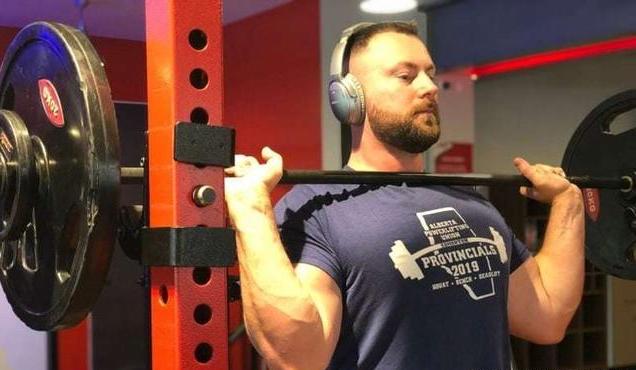
All about shoulder training
There are five factors to consider in shoulder training: training content, technique, frequency, sets and reps, and finally the weights used.
Training content: When training, there are multiple exercises to choose from, the choice depends on your goals.
Strength building movements: barbell shoulder press, barbell hard power press, dumbbell shoulder press, upward incline barbell bench press, wide grip seated position.
Muscle building movements: dumbbell side planks, dumbbell front planks, machine side planks, overhead reverse dumbbell flyes, rope row.
Stability movements: elastic band shoulder abduction, upward incline dumbbell shrug, seated rope face pull, kneeling dips, seated apparatus shoulder press.
On strength training.
If the goal is to build strength, go ahead and make sure that whatever the exercise, you are able to get a direct strength gain. If the medium grip bench press is not strong enough, find a way to address the underlying anterior beam weakness, either through barbell or dumbbell shoulder press variations.
Regarding muscle building exercises.
If the goal is to build muscle, make sure that the muscles remain tense throughout the exercise. These exercises may not directly improve strength in the short term, but they will help to build muscle and improve strength in the long term.
Regarding stability training.
If the goal is to maintain a healthy state and function of the shoulder joint, targeted training to activate the rotator cuff muscle groups is required. These exercises include many isolation movements like elastic bands, ropes or small dumbbells, the focus of the training remains on the larger muscle groups which are more conducive to activating shoulder stability.
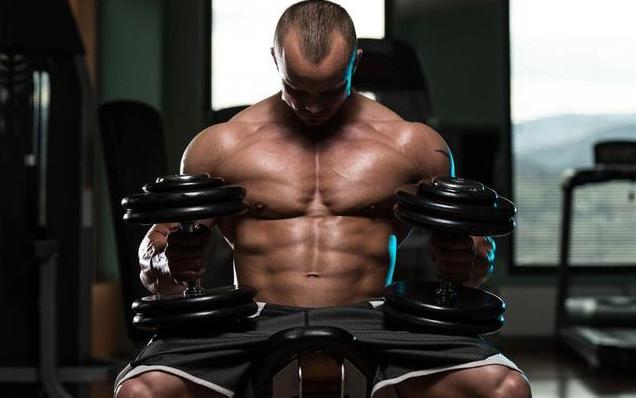
Shoulder training techniques
It goes without saying that a high level of efficiency and technique is expected in whatever training movement is performed. However, technique is slightly different when it comes to shoulder training, and that is the rhythm of the movement. If the goal of the workout is to build muscle or increase shoulder stability, then the movements should be slowed down to focus on squeezing the muscles and concentrating on the muscle being mobilised, rather than focusing on maximum strength and instead contracting the muscle to the maximum.
Regarding frequency: manage shoulder training frequency carefully, depending on the number of bench presses per week, as the shoulders are already trained in all the other pushing movements.
Strength building exercises: once a week
Muscle building training: twice a week
Muscle building/stability training: two to three times a week
For weight training: whatever the goal of your shoulder training, don't push until you can't push anymore, if you stay at or near your limit, the chance of injury is high.
For strength/builders: only one set per week until you can't push, and the remaining sets twice until you can't push.
For stability training: keep the reps maxed out.
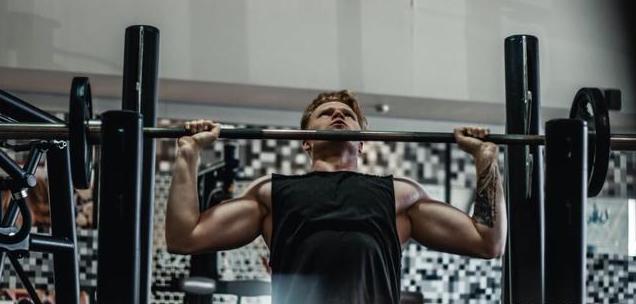
Finally, shoulder training has the benefit of improving strength during the middle section of the bench press, increasing shoulder stability and posture, and preventing rounded shoulders during hard pulls. Add shoulder training to your training programme and make sure to include exercises that target the front, middle and back shoulder bundles, using strength training, muscle building and stability training as the basis of your training. Build full shoulder muscles, don't be too busy doing too many big weight movements and focus on effective movements so you can keep building.

Popular Articles
-
The world's most expensive shirt: 22k solid gold to create, worth $230,000

-
 Weight loss, should you choose brisk walking or running?
Weight loss, should you choose brisk walking or running?Apr 04, 2025
-
 Healthy Fruit Sevings in Spring Pineapple White Fungus Broth
Healthy Fruit Sevings in Spring Pineapple White Fungus BrothApr 04, 2025
-
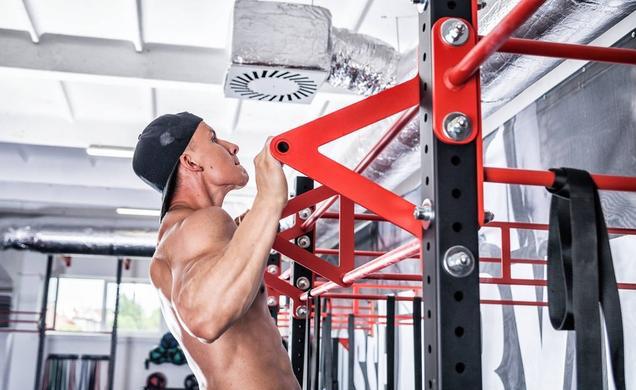 A combination of shoulder and back exercises to create a firm shoulder and back line
A combination of shoulder and back exercises to create a firm shoulder and back lineApr 04, 2025
-
 Working out and not working out are two completely different lives.
Working out and not working out are two completely different lives.Apr 04, 2025
-
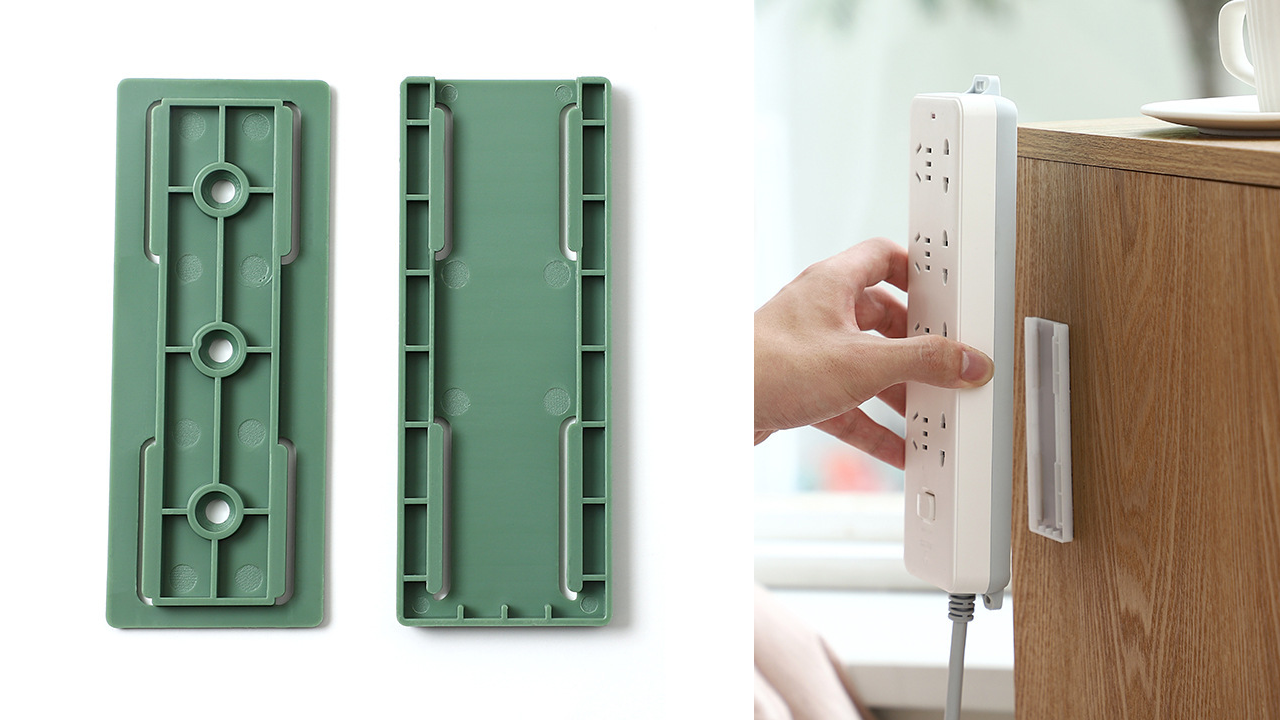
Photos
Keep your power sockets and air conditioner remote control well storedApr 04, 2025







Comments
0